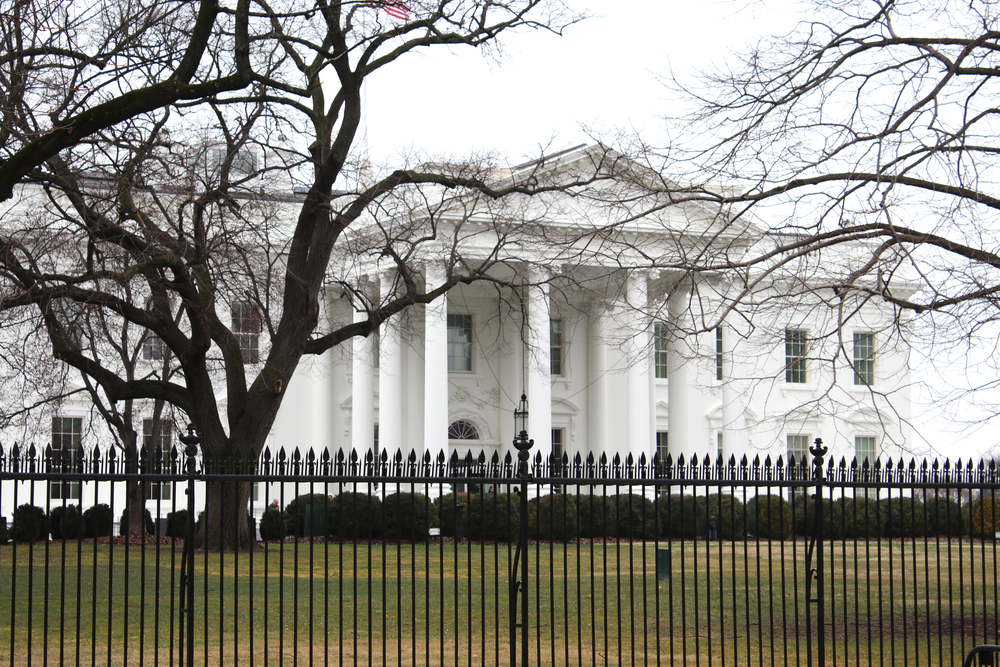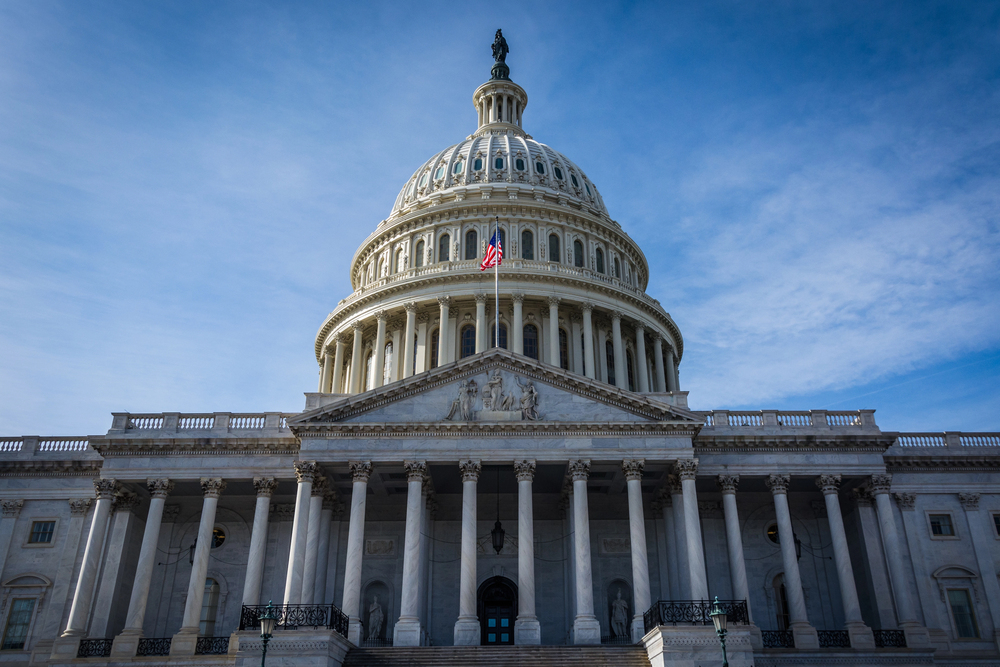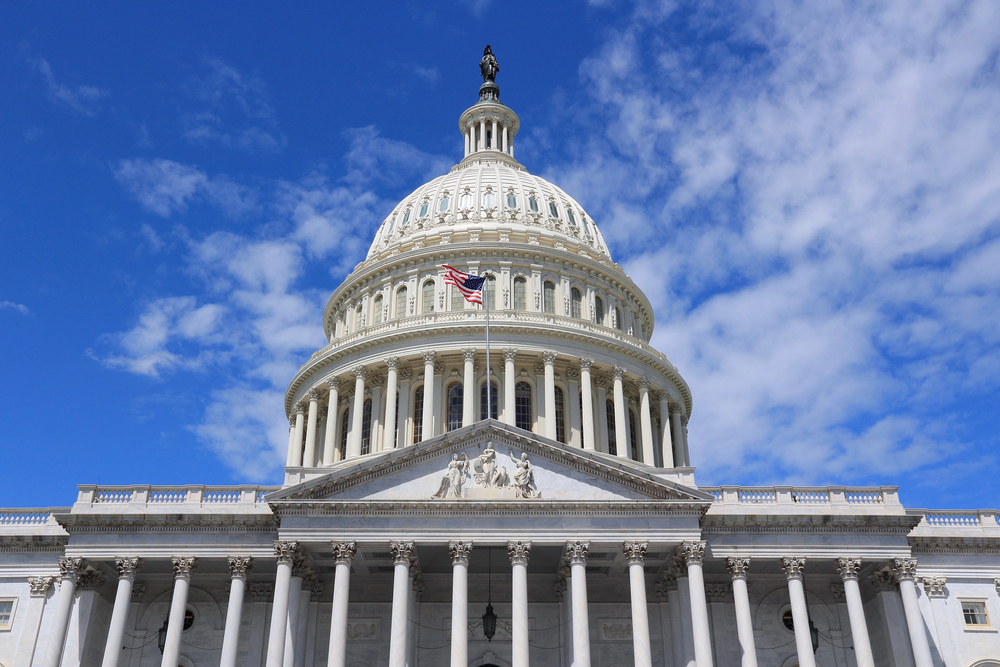SECURE Act Is Signed into Law

By: Heather Eilers-Bowser
The Setting Every Community Up for Retirement Enhancement (SECURE) Act was signed into law Dec. 20 as part of the 1700-page appropriations package passed at the end of last year. Most of the provisions in the new law take effect Jan. 1, 2020 but several others became effective on the date of enactment. It contains significant incentives for small and mid-sized businesses to offer retirement plans and regulatory changes to provide options for individuals planning for retirement.
The SECURE Act includes provisions to encourage employers to offer annuities as options within a retirement plan and provides for disclosure to employees of their expected monthly income in retirement to enable them to better prepare for lifetime income. One provision provides a safe harbor for employers in selecting an annuity provider under a qualified plan. The bill also grants greater portability for lifetime income products such as an annuity into an IRA or other retirement plan. Other provisions include:
- providing a tax credit of $500 per year to employers who create a 401(k) or SIMPLE IRA plan with automatic enrollment;
- increasing the auto enrollment safe harbor cap from 10% to 15% of pay;
- allowing long-term part-time workers to participate in 401(k) plans;
- pushing back the age at which retirement plan participants need to take required minimum distributions (RMDs), from 70½ to 72, for those who are not 70½ by the end of 2019;
- allowing the use of tax-advantaged 529 accounts for qualified student loan repayments (up to $10,000 annually);
- permitting penalty-free withdrawals of $5,000 from 401(k) accounts to defray the costs of having or adopting a child;
- expanding multiple employer plans (MEPs) through the establishment of “open” MEPs.
The legislation also includes a few provisions that are designed to raise revenue. Among those are increasing the penalties for late filing of retirement plan returns and notices and eliminating the so-called “stretch IRA.” The new “stretch IRA” restrictions rules say beneficiaries of qualified retirement accounts must withdraw all of the money out of those accounts, and thus incur taxes on the payouts, within 10 years instead of over their life expectancy as was previously allowed.
Heather Eilers-Bowser is Big “I” counsel, federal government affairs.










